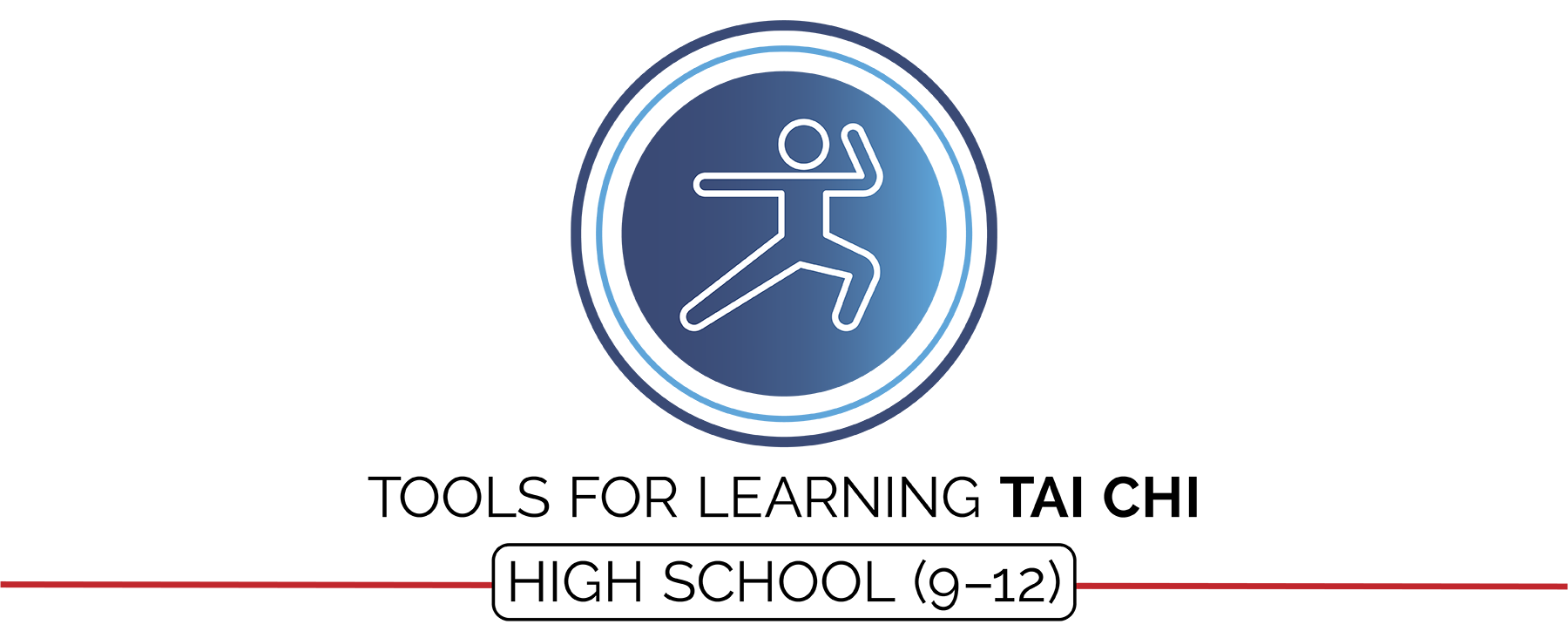Created by: Lisa Kushner, Brianna Sullivan, Thomas Fuchs & Aaron Hart
Special Contributions: Joshua Giddings, Deedi Boland & Juan Wang
Design: Jennifer Truong & Aaron Hart
Harvard Medical School has labeled Tai Chi as a low-impact, lifetime exercise with evidence-based benefits. This ancient Chinese martial art has been shown to help decrease stress while helping the body maintain strength, flexibility, and balance in all stages of life.
This short module allows you to introduce Tai Chi at any time during the school year with the goal of creating a warm-up and/or cool-down activity that will have a lasting impact on your students.
Module Documents
Complete Module Packet:
Module Overview:
Required Materials:
All Module Activities:
Sample Lesson Plan:
Academic Language Cards:
Universal Design Adaptations:
Ju Fu Kata Script:
Ju Fu Kata Jigsaw Posters:
Tai Chi Movement Concept Posters:
Activity Plans
Belly Breathing:
Ju Fu Kata (Arms):
Ju Fu Kata (Legs):
Ju Fu Kata Jigsaw:
Ju Fu Kata:
Activity Videos
Ju Fu Kata (Full Video):
Ju Fu Kata (Jigsaw #1):
Ju Fu Kata (Jigsaw #2):
Ju Fu Kata (Jigsaw #3):
Ju Fu Kata (Jigsaw #4):
Assessments
Holistic Performance Rubric:
Academic Language Quiz:
Movement Concept Self Analysis:
Self-Efficacy & Social Support Inventory:
Tai Chi Fitness Portfolio:
Teacher Evaluation
Teacher Self-Evaluation and Reflection Guide:
Planning Tools
Blank Lesson Plan Template:
Can’t see the file links? Register for FREE today to access all of the modules. SIGN UP HERE
National Standards and Outcomes Focus for Tai Chi
Standard 1. Demonstrates competency in a variety of motor skills and movement patterns.
- H1.L1-L2. Demonstrates competency and/or refines activity-specific movement skills in two or more lifetime activities (L1); Refines activity-specific movement skills in one or more lifetime activities (L2).
Standard 2. Applies knowledge of concepts, principles, strategies, and tactics related to movement and performance.
- H2.L1. Uses movement concepts and principles (e.g., force, motion, rotation) to analyze and improve performance of self and/or others in a selected skill (L1).
Standard 3. Demonstrates the knowledge and skills to achieve a health-enhancing level of physical activity and fitness.
- H14.L1-L2. Identifies stress-management strategies (e.g., relaxation techniques, deep breathing) to reduce stress (L1); Applies stress-management strategies (e.g., relaxation techniques, deep breathing) to reduce stress (L2).
Standard 4. Exhibits responsible personal and social behavior that respects self and others.
- H2.L1. Exhibits proper etiquette, respect for others, and teamwork while engaging in physical activity and/or social dance (L1).
- H3.L1. Uses communication skills and strategies that promote team/group dynamics (L1).

